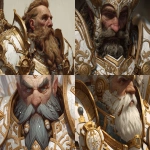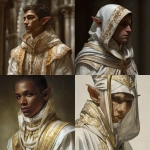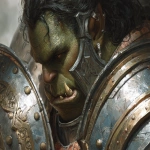Explore the Best AI Image Gallery

Beyond the Canvas: Blockchains Ripple Effect on the Creative Industry
The realm of creativity is undergoing a profound transformation, fueled by the disruptive power of blockchain technology. This decentralized ledger system, renowned for its immutability and transparency, is poised to revolutionize how artists create, share, and monetize their work. From empowering independent creators to combating copyright infringement, blockchains impact on the creative industry is multifaceted and far-reaching.
A New Era of Artistic Ownership
One of the most significant impacts of blockchain is its ability to establish verifiable ownership of digital assets, including art, music, and literature. By recording the provenance of a work on an immutable ledger, blockchain ensures that artists retain control over their creations and receive due credit for their intellectual property. This empowers independent creators who often struggle with traditional gatekeepers in the industry.
Smart Contracts: Automating Creativity
Smart contracts, self-executing agreements coded onto the blockchain, are revolutionizing the way creative projects are funded and executed. Artists can leverage smart contracts to create transparent crowdfunding campaigns, ensuring that funds are distributed fairly and efficiently. Furthermore, smart contracts can automate royalty payments, guaranteeing that creators receive ongoing revenue for their work.
NFTs: Bridging the Gap Between Digital and Physical
Non-fungible tokens (NFTs) have emerged as a transformative force in the creative industry, enabling artists to tokenize and sell unique digital assets. NFTs represent ownership of a specific piece of digital art, music, or other creative work. This has opened up new avenues for monetization, allowing artists to directly connect with collectors and bypass traditional intermediaries.
Decentralized Marketplaces: Leveling the Playing Field
Blockchain-based marketplaces are disrupting the traditional art market by providing a decentralized platform where creators can showcase and sell their work directly to buyers. These platforms eliminate the need for expensive galleries and auction houses, empowering artists to reach a wider audience and retain greater control over their pricing.
Ethical Considerations: Navigating Uncharted Territory
While blockchain offers tremendous potential for the creative industry, it also raises important ethical considerations. The anonymity afforded by some blockchain platforms can facilitate copyright infringement and the sale of counterfeit art. It is crucial to develop robust mechanisms for verifying authenticity and protecting intellectual property rights.
Looking Ahead: The Future of Creativity on the Blockchain
The convergence of blockchain technology and the creative industry is still in its early stages, but its potential is vast. As blockchain technology evolves, we can expect to see even more innovative applications emerge, such as:
- Decentralized Studios: Collaborative platforms where artists can work together on projects securely and transparently.
- Interactive Art Experiences: Blockchain-powered art that responds to viewer input and creates dynamic, immersive experiences.
- Virtual Worlds and the Metaverse: Blockchain enabling ownership and monetization of virtual assets and experiences within these emerging digital realms.
The blockchain is poised to reshape the creative landscape, empowering artists, fostering transparency, and redefining ownership. As this technology continues to evolve, it will be fascinating to witness the groundbreaking innovations that emerge and the transformative impact they have on the world of art and creativity.









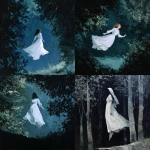
](https://images.ai-img.art/thumbnails/150/0b4c2ca8fd3b2962df2206ca8810fdae99efcdfc1a9b8aa68a113d256347af4f.webp)
](https://images.ai-img.art/thumbnails/150/883252ab14abf449fba143e8d015b52b6505022ee5604f20e930fea350435cff.webp)
](https://images.ai-img.art/thumbnails/150/22a89c3014358777d6ad4d354d18a54c5f6f12afba558ff75c91b8eb4053130a.webp)
](https://images.ai-img.art/thumbnails/150/b479c71b9ce8c42d36eb158c561ae1646c708454c4ba90e72fd68296c6f57a52.webp)
](https://images.ai-img.art/thumbnails/150/40f5616ec109375a4883745aaff6fff89d478c5edd1780ba62f32268b6f0e47a.webp)

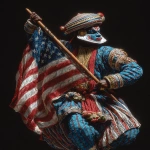

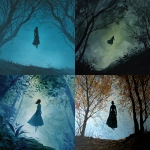




](https://images.ai-img.art/thumbnails/150/ad3cb3100f90e6de3389b2120c30dfebc1ecb4df72654cc0054142252adad55e.webp)



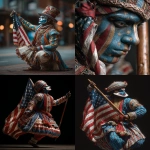

](https://images.ai-img.art/thumbnails/150/3dfec1f7632cb4fdab02c2b2738cd475c9ad3d3e5a44e189365504a6896257e5.webp)
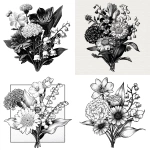









](https://images.ai-img.art/thumbnails/150/96a508d95e7379269fe047fb05a8b984468c71039b86d4b2081b6b4eebed1b65.webp)
](https://images.ai-img.art/thumbnails/150/cc041db2ba44df3a2e110a04455c0fdf49948bd67b77c022669df3888598468a.webp)


